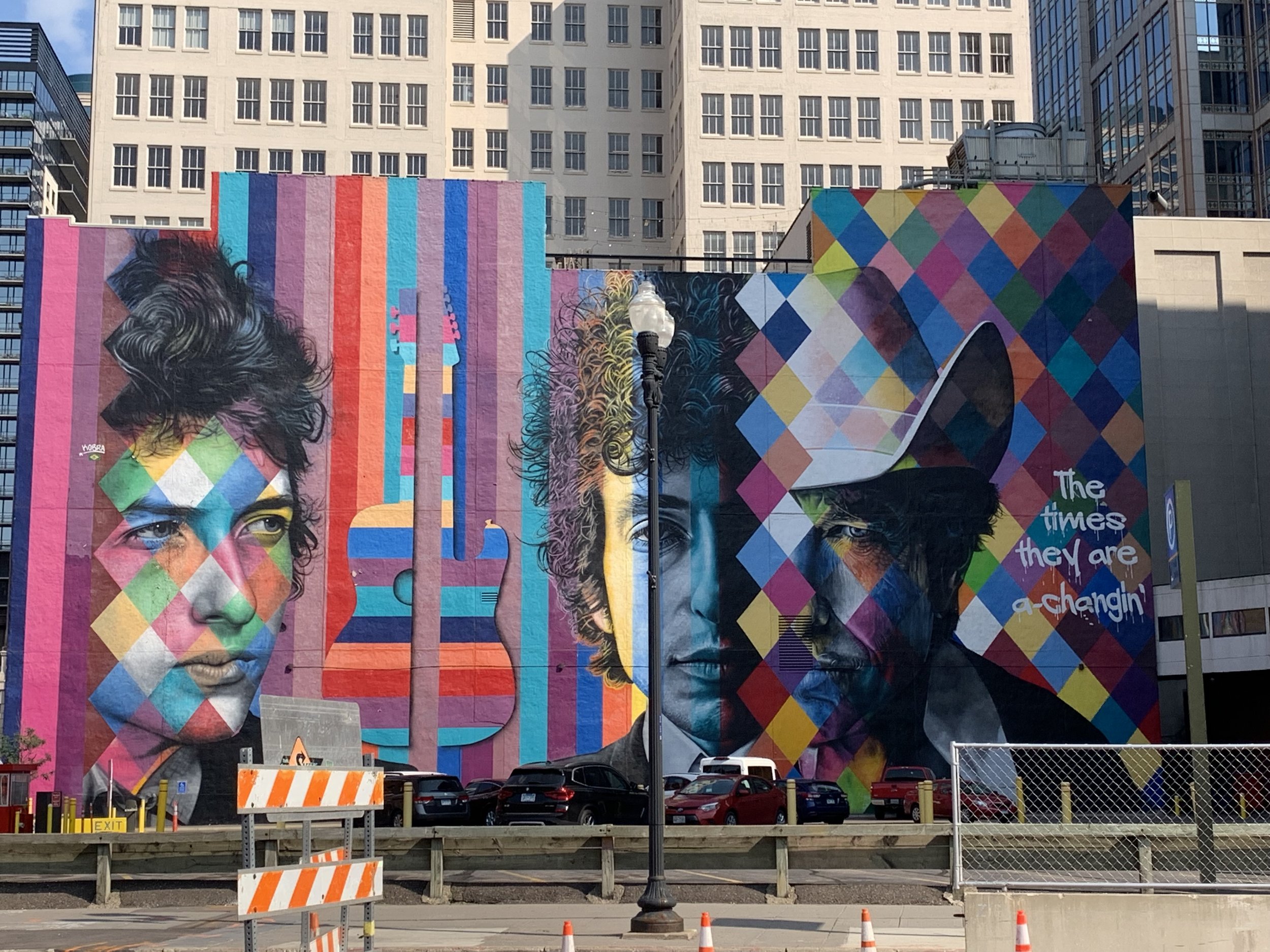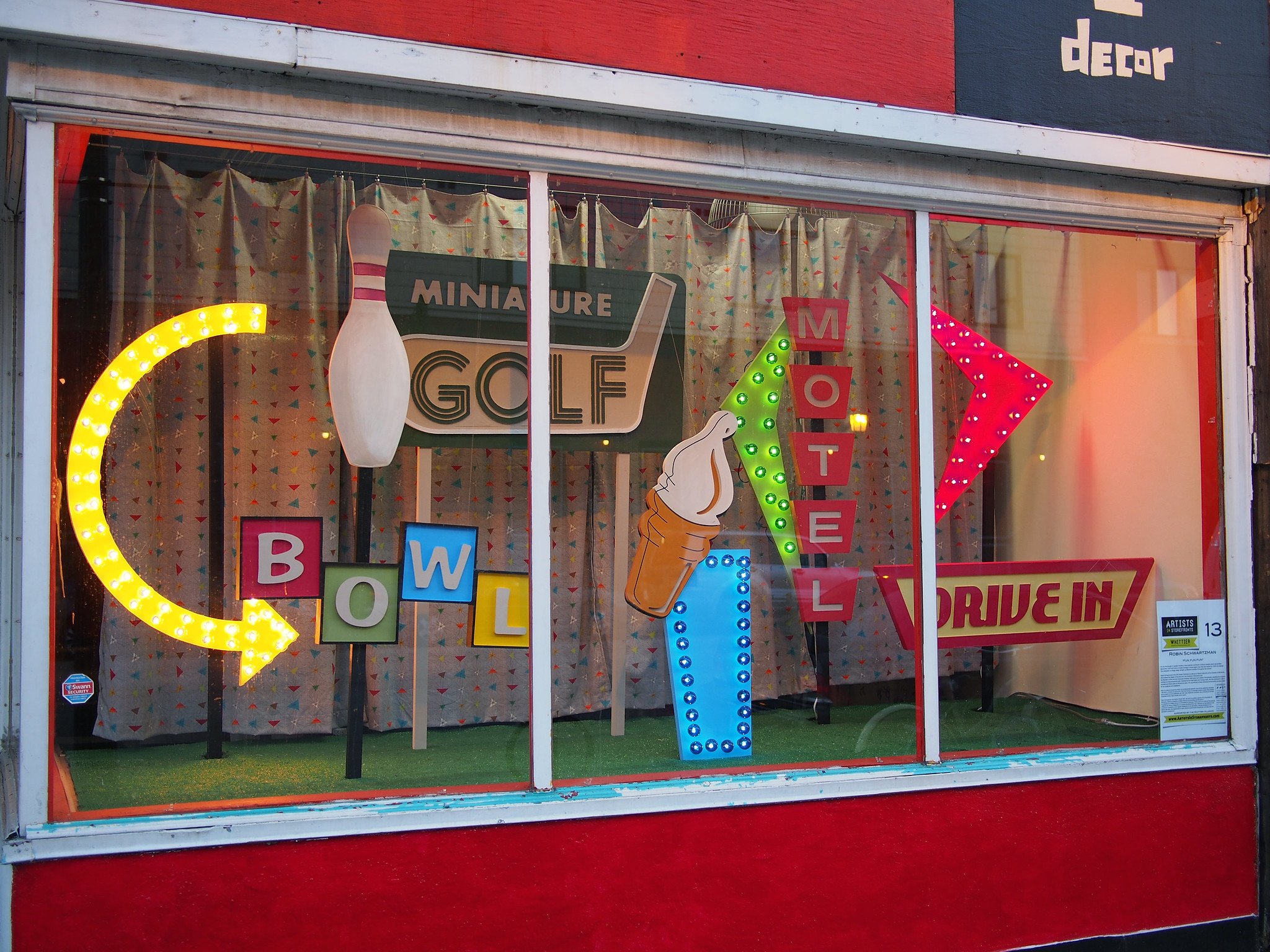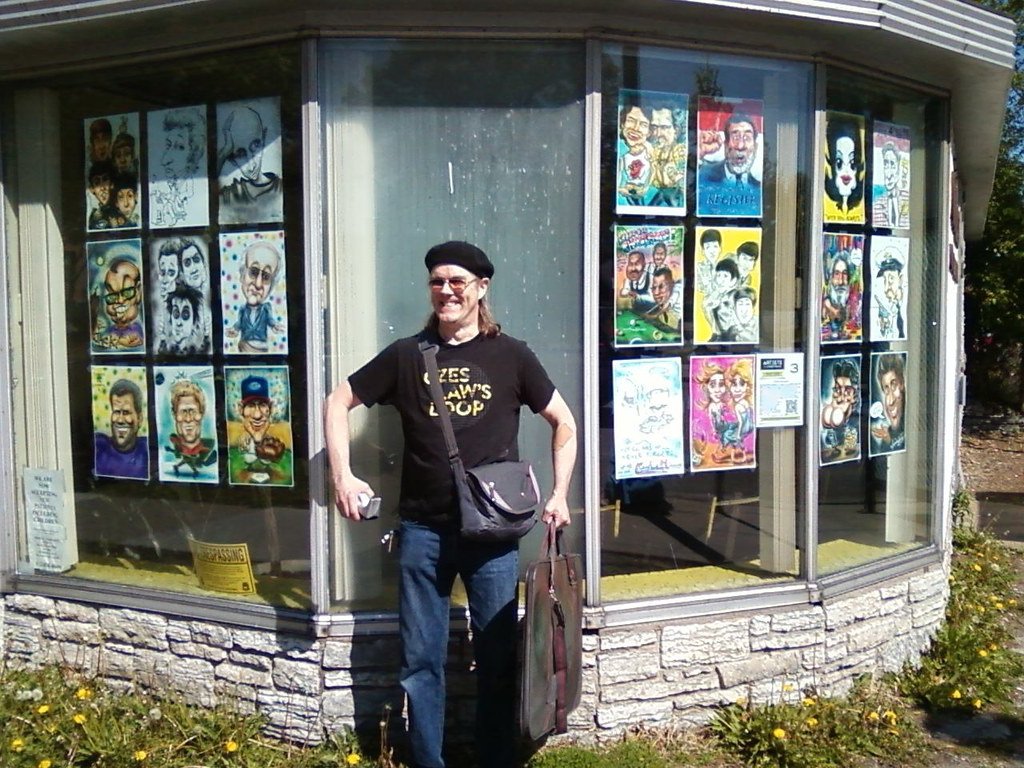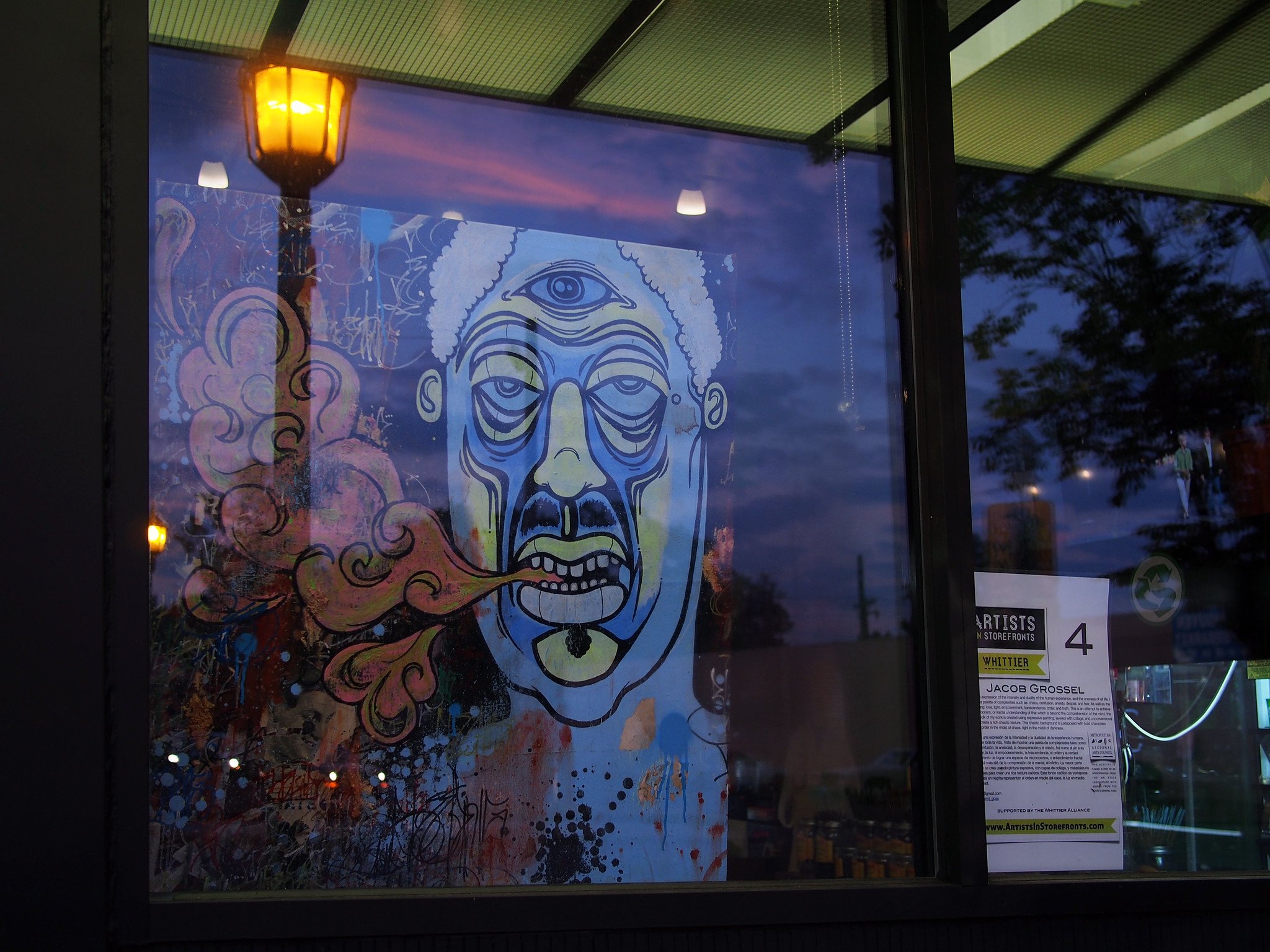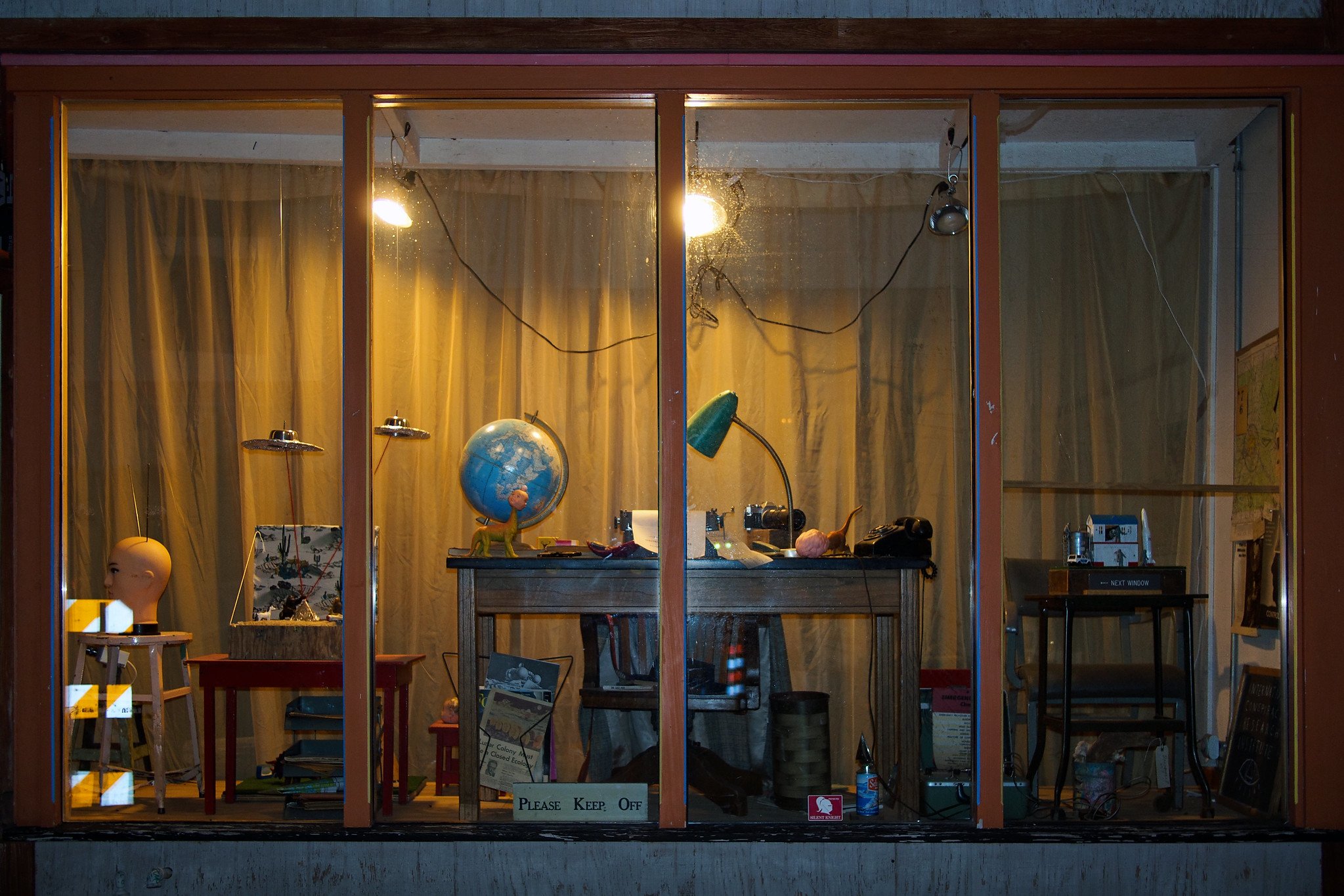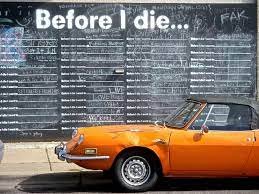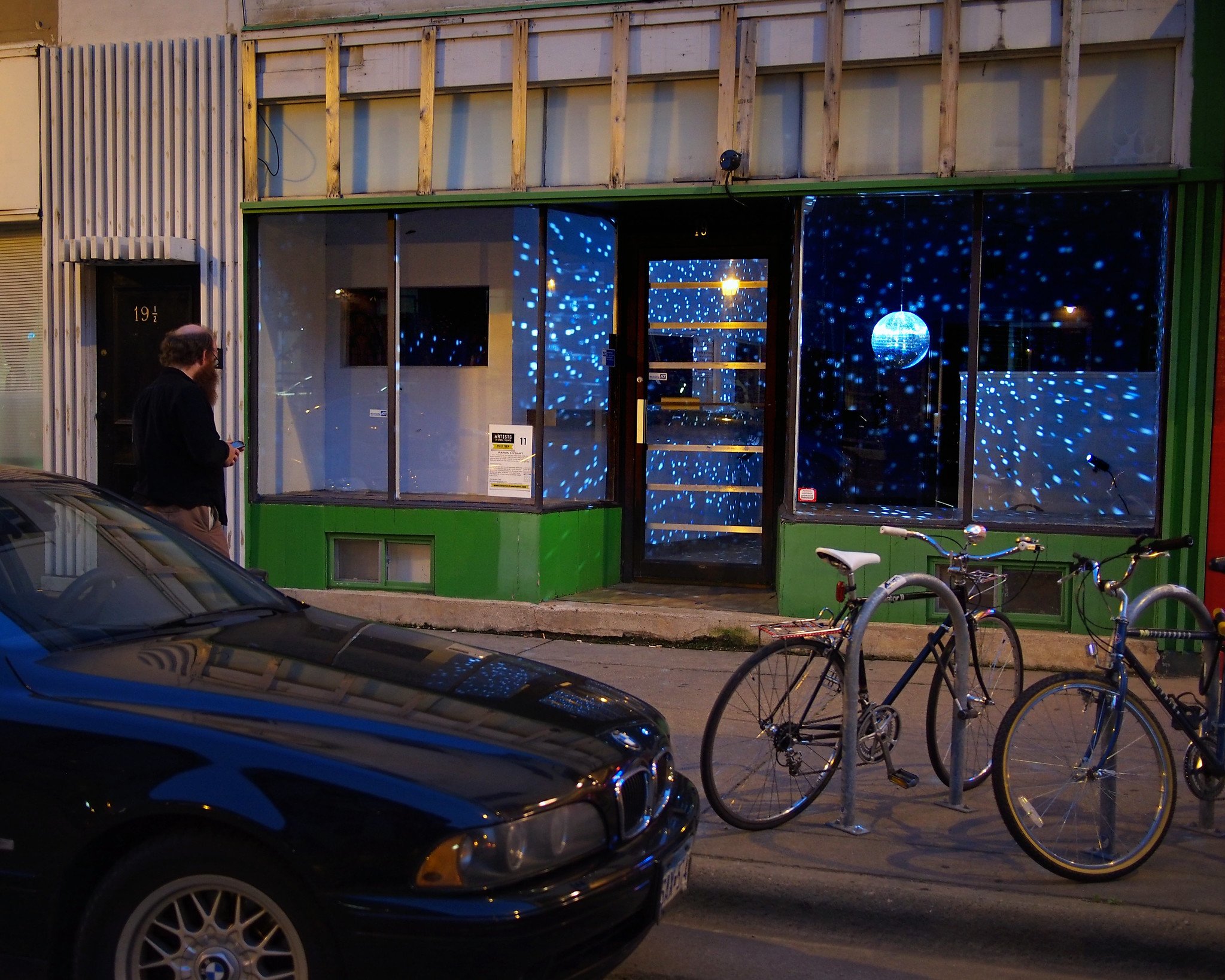Joan Vorderbruggen - For the Love of Ugly Places
/Fred Rogers, known to American television audiences as “Mr. Rogers,” espoused a coping mechanism he learned from his mother: When the world gets tough, she told him, “Look for the helpers.”
Joan Vorderbruggen is that kind of helper.
Certainly, the world has felt tough in Minneapolis during the current racial reckoning, and as we live with the murder of George Floyd, climate catastrophe, and the collective toll of 20 months of pandemic. Statistics remind us that poverty is deep and widening; homelessness confronts us on street corners and in public spaces; “divided” seems to define us.
Joan shows up in her work as a public arts administrator undaunted, ardent even, and yet she is a helper with soft edges. Her canvas – downtown’s urban core with its vacant storefront windows and derelict concrete walls – is an invitation. For her, art is a balm; not a “direct solution” to rectify society’s ills. Rather, she says, “art changes storylines.” Negative headlines about city living? Yes, the local news likes to lead with them, “but let’s give people another perspective,” Joan implores. “What appears to be problematic also holds opportunity.”
Hennepin Avenue, Downtown Minneapolis. Photo: Hennepin Theatre Trust
Her “Made Here” program for local makers, large-scale murals, events (“5 to 10 on Hennepin”) and public art installations (“We are Still Here,” “It’s the People”) in the Hennepin Theatre District, and, before that, within the Whittier Neighborhood, came from Joan simultaneously “loving people” and “loving ugly spaces.” Her tool for urban (and community) renewal is art: “Wouldn’t you rather look at somebody’s imagination,” she asks, “instead of a dark window front?”
Bob Dylan Mural on Hennepin Avenue. Photo: Tracy Nordstrom
Dressing windows was a part-time gig when Joan lived in the Whittier neighborhood. “I wanted to help local businesses with aesthetics,” she says. Local shop keeps hired Joan to “punch up” their customer-facing façades. Her quirky and creative designs brought business to the area and won awards.
“Artists in Storefronts” expanded the vision as she and the Whittier Alliance invited additional artists to stage empty storefronts along Nicollet Avenue’s “East Street.” Joan recounts the project’s reach: 120 artists, 45 live performances, and 6 permanent murals that created a lively, walkable urban gallery. Over 8 months, 7 commercial properties, formerly vacant, acquired new lease holders.
The helper in Joan is not limited to artistic endeavors; it is an iteration of a life-long pursuit. She says her early professional training and 20 years as a Licensed Practicing Nurse inspired the projects in Whittier and on Hennepin Avenue and has allowed the healer in her to lead: “I can identify the ailing parts of a street,” Joan admits. “I have a strong desire to help where I can. I want my efforts to resuscitate the physical heart of a community.”
In 2013, Joan pushed pause on her nursing career and took a full-time job at Hennepin Theatre Trust, advancing from Cultural District Artist Coordinator to Director of Public Art and Placemaking to Director of Engagement. She unfurled a broader canvas, with more partnerships, a bigger budget, and a more diverse audience than she had in Whittier. “Downtown is everyone’s neighborhood,” Joan says. Her goal: create “room for everyone to practice, display, and enjoy art” in the spaces between the theaters, and among the grit and humanity of Hennepin Avenue.
“Made Here” – a legacy program of her time at Hennepin Theatre Trust - converted glass store- and building-fronts into a street-level art gallery, like “Artists in Storefronts” did, but on a larger scale and aimed at a population that included downtown office workers and suburbanites in town to enjoy the theater’s Broadway shows and touring musical acts, or to eat at popular downtown restaurants.
Made Here. Photo: Hennepin Theatre Trust
“Made Here” tapped what Joan calls an “ocean of talent from the Twin Cities,” revealing that quality and curiosity can come from anywhere. Her approach was unorthodox and intentional. Joan created a simple application process requiring no resume or exhibition history for would-be participants: applicants simply had to be residents of Minnesota.
Was this call for artists unusual in the world of public arts administration? Indeed, acknowledges Joan. For “Made Here,” she says, “It didn’t matter what you had done, or who you had been. What mattered is what you wanted to do and be. A cell phone photo, or a ‘back of the napkin’ idea was fine. We wanted innovation and novelty.”
Made Here. Photo: Hennepin Theatre Trust
Joan hoped for - and achieved – a diversity of artists’ lived experiences and media. She wanted artists to stretch their talents, to express “new voices” and “different visibilities” to the viewing public. One “Made Here” artist produced a finely rendered and complex display of cut paper. Joan helped the artist assemble and hang the installation: “The artist says to me, ‘This is so cool. I’ve never done this art before!’”
Under Joan’s tutelage, between 2013 and 2018, the twice-yearly “Made Here” project produced more than 360 window displays in downtown commercial spaces, across 16 city blocks, with pop-up installations and gallery spaces, too, “making it the largest initiative of its kind in the country.” It has since become a national model for placemaking.
Joan also initiated “5 to 10 on Hennepin,” activating surface parking lots with live music and creative programming between 5th and 10th Streets. She secured funding from big corporate sponsors (Southwest Airlines, Bank of America) and sought input from downtown organizations like Salvation Army’s Harbor Light Center, Kulture Klub Collaborative, and Minneapolis MAD DADS. Joan wanted the residents of the neighborhood – those staying in shelters, local youth, non-profit advocates, and students from the downtown school – not just visitors, to feel welcome at “5 to 10.”
“5 to 10” on Hennepin. Photo: Hennepin Theatre Trust
She employed a variety of strategies to signal that community was being created on Hennepin, not just commercial foot traffic. In planning and producing “5 to 10,” Joan insisted on fairly compensating the artists involved and invited young people to participate and produce: “We provided free live music, offered paid art internships for the kids at Youth Link. We said, ‘We’re going to let the kids take over the stage, do what THEY want.’”
“5 to 10’s” energy shifted the narrative of youth downtown as “loitering” or “causing trouble” and countered the fear that Hennepin Avenue’s unsheltered population would keep attendance low. Embracing downtown’s existing community and youth “could be the secret,” Joan offers as she considers sources for resurgence. “They are an unseen asset. We are wasting them!”
One evening, Joan stood admiring a mural at the National Camera building, another outcome of her placemaking efforts. As she made her way along Hennepin, a fellow she recognized, a person without shelter, called out, “Hey, Joan! I love what you are doing with the place!” It was a magical moment for Joan, validation that her skills “were able to amplify our community and lay claim to our Downtown. “
Pop Art Mural at National Camera Exchange, Minneapolis, by Greg Gossel. Photo: Hennepin Theatre Trust
Joan understands that downtowns offer a mixed bag, including both challenges to solve and human beings “waiting to shine.” She recently left her position in Engagement at Hennepin Theatre Trust after an internal conflict over policing, population served, transparency, and communication – many of the tough truths that Minneapolis is also facing. “It was like walking out of flames,” she says, shaking her head. About her abrupt departure she admits: “I’m feeling really crispy.”
The edges of politics and power can be sharp, but Joan chooses to stay soft, to stay fully in the “helper” lane. She knows that her work made Hennepin Avenue a livelier and more satisfying experience for many. And while the Theatre District remains walkable and safer than it was, “It is also ground zero for our city’s homeless epidemic.” Despite continually advocating for access to basic human necessities in the District (chairs, potable water, toilets), Joan could not solve the larger problem.
For now, Joan will spend some time healing herself after a few tough years in the non-profit world, and in the WORLD in general. She also will coach other artists and non-profit professionals how to navigate transition through normal and tough times.
“I had a patient once,” the one-time nurse in Joan reflects, “who wrote me a letter a day” while he convalesced. She took his words and embroidered them on men’s handkerchiefs, creating a work of art. “I’m embracing the idea that there is more to learn,” she says. “I’m asking: ‘What is the next thing that gives me a powerful feeling of love?’ I want to find my hands creating.”
Joan Vorderbruggen, “We are Still Here.” Photo: Start Tribune
Resources:
Joan Vorderbruggen: https://www.linkedin.com/in/joan-vorderbruggen/
“We are Still Here”: https://hennepintheatretrust.org/we-are-still-here/
“It’s the People”: https://hennepintheatretrust.org/its-the-people/ and see video: https://hennepintheatretrust.org/its-the-people-2019/
“Made Here”: https://hennepintheatretrust.org/detours-made-here/
“5 to 10 on Hennepin”: https://hennepintheatretrust.org/5-to-10-on-hennepin/
Photos by Tracy Nordstrom, Joan Vorderbruggen (Whittier; Artists in Storefronts slide carousel), and Hennepin Theatre Trust, and Star Tribune




